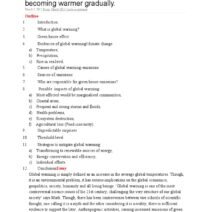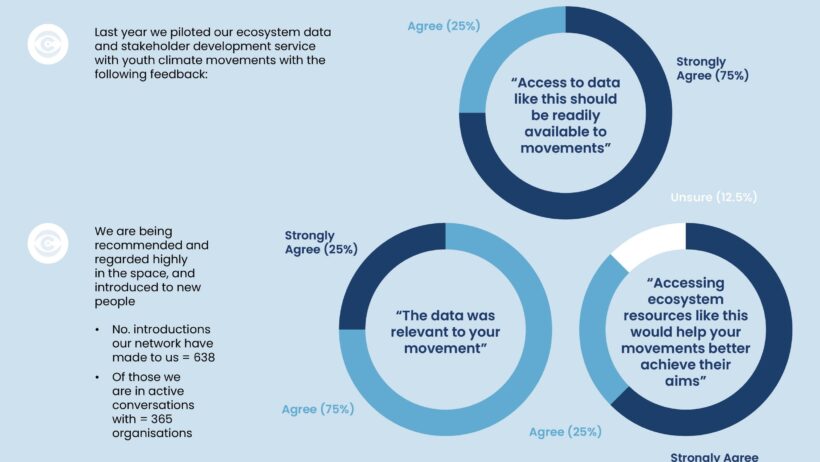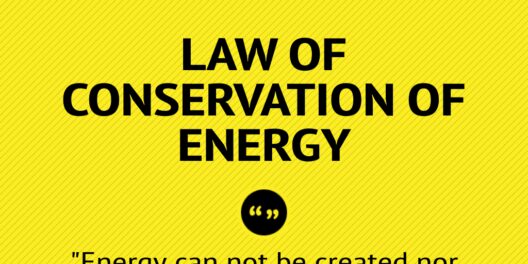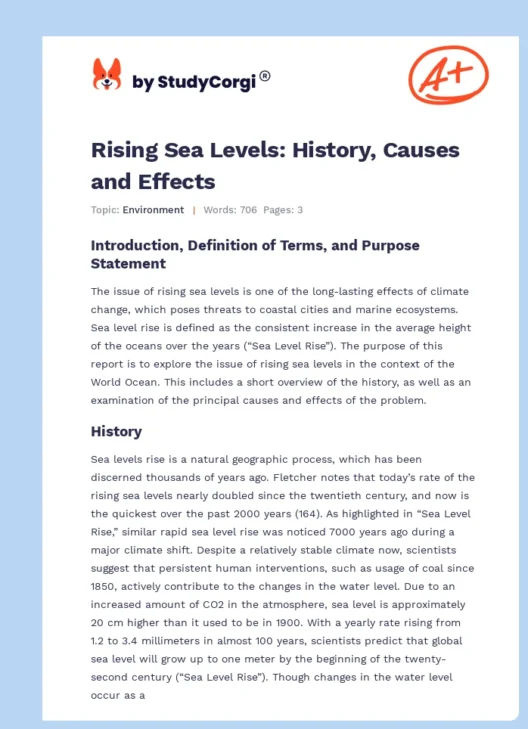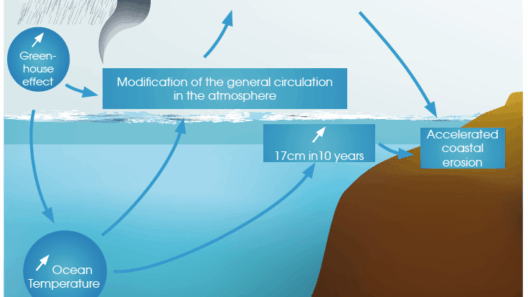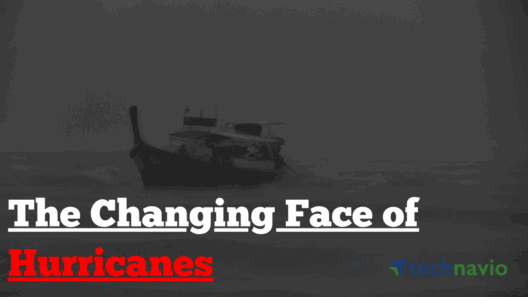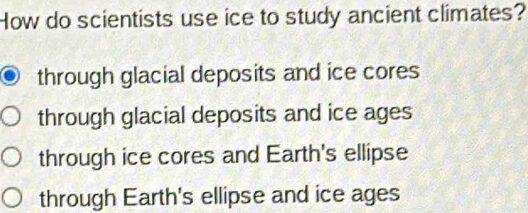The current climate landscape presents a daunting yet enlightening picture as we step into 2025. An amalgamation of scientific data, empirical observations, and anecdotal evidence sheds light on the pressing concerns surrounding our planet’s health. Addressing climate change not only encompasses physical alterations in our environment but also involves the socio-economic repercussions that ripple through communities worldwide.
The urgency to mitigate climate change has never been more critical. Stakeholders across various sectors are compelled to revisit their strategies to embrace sustainability while ensuring profitability and engagement with consumers who increasingly prioritize environmental stewardship. This article delves into the state of our climate in 2025, explores the ongoing challenges, and highlights the efforts required to navigate the murky waters of environmental peril.
As we explore the significance of climate indicators, it is paramount to focus on how these reflect the buyer’s concerns in today’s market. Key considerations include global temperature rises, atmospheric carbon dioxide levels, and extreme weather patterns. The complexity of climate dynamics necessitates a comprehensive understanding of these elements to propel effective solutions forward.
The impact of emissions and atmospheric changes cannot be overstated. The year 2025 stands as a critical juncture for countries aiming to achieve their emissions reduction targets under international agreements such as the Paris Accord. Are businesses poised to adapt to heightened regulations? The track record suggests a mixed response, revealing lapses in commitment from various sectors, particularly fossil fuels and manufacturing.
In the broader scope of climate dynamics, one cannot overlook the unsettling rise in global temperatures. Since the late 19th century, the Earth has warmed by approximately 1.2 degrees Celsius, with 2025 projected to witness an exacerbation of this trend. This rise in temperature engenders a multitude of effects, from polar ice melt to increased frequency of heatwaves that can destabilize agricultural yield and threaten food security. We observe that consumers are becoming increasingly aware of these facts, leading to a burgeoning demand for sustainably sourced products.
Shifts in consumer behavior are significant, as they reflect a deeper understanding of how climate change pervades everyday choices. In 2025, eco-conscious purchasing decisions are undeniably on the rise. Households are not only opting for energy-efficient appliances but are also more inclined to explore plant-based diets as a means to lower carbon footprints. These adjustments signify a cultural shift, emphasizing the relevance of sustainability in marketing and product development.
Moreover, as extreme weather events become the new norm, the ramifications extend into insurance markets, real estate, and disaster recovery frameworks. Many regions are grappling with the implications of flooding, hurricanes, and wildfires on infrastructure. It is crucial for stakeholders to recognize that resilient design and investment in green technology are no longer mere options but necessities. As such, these considerations also highlight pivotal buyer concerns—especially those relating to insurance premiums and property values—in an increasingly unpredictable climate.
To address the complex tapestry of climate-related concerns, businesses must pivot their approaches. Emphasis on transparency regarding carbon footprints is paramount. Potential buyers are now scrutinizing corporate practices, seeking assurance that organizations are not only compliant but are actively contributing to mitigating climate risks. Whether through sustainability reports, carbon offset programs, or certifications, companies must display their commitment to nurturing a sustainable environment.
Certain industries, such as fashion and technology, illustrate this shift vividly. The demand for eco-friendly materials and ethical labor practices is skyrocketing, prompting many companies to innovate in design and production processes. Fast fashion is grappling with the backlash against its environmental toll, with clients increasingly gravitating towards brands that prioritize circular economic principles. Such trends underscore the notion that corporate responsibility has morphed into a competitive differentiator.
Education’s role in fostering awareness cannot be overlooked. As science communication continues to flourish, individuals increasingly recognize the substance behind climate data. It becomes critical for educational bodies to integrate climate studies into curriculums, fostering generations poised to tackle the challenges before us. Together with policymakers, educated consumers wield considerable influence, advocating for tools and technologies that can offer solutions polar opposite to those that exacerbate emissions.
The convergence of climate advocacy and innovative technology heralds an era of potential positivity. Corporations that harness advancements in renewable energy, electric vehicles, and biotechnology position themselves favorably for a future where sustainability is king. The evolution of green enterprises signifies hope; as these businesses emerge from traditional sectors, they highlight the viability of eco-innovation.
Ultimately, the question remains: How will we move forward from 2025? Addressing climate change is not merely a task relegated to governments but a collective imperative that requires engagement from all sectors of society. By acknowledging the current climate challenges in direct relation to consumer sentiment and environmental accountability, businesses can align their strategies with a more sustainable future.
The tenor of climate discussions in 2025 is marked by both urgency and opportunity. Addressing buyer concerns through sustainable practices yields benefits that extend beyond profit margins to encompass global well-being. As humanity grapples with the profound effects of climate change, the solutions we adopt today will resonate through generations to come, making it imperative to navigate this landscape with intention and foresight.


